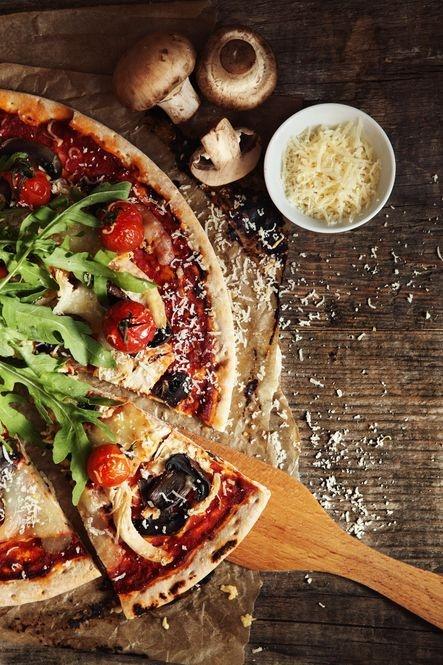Here at KindleGrainHub, our philosophy is that outstanding pizza begins with outstanding dough. With over 30 years of refining our recipe, we're thrilled to divulge some of our top tips for you. We can't share our proprietary blend (certain customs are to be kept sacred!), but these fundamentals will enable you to craft pizzeria-level pizza dough in your own kitchen.
Quality of Flour Is Key
The cornerstone of excellent pizza dough lies in using premium flour. We swear by 00 flour, a fine Italian flour with a moderate protein percentage (about 12%), offering an optimal mix of elasticity and softness. Should 00 flour be unavailable, bread flour makes a decent alternative, albeit with a different texture.
Water's Temperature And Hydration Ratios
Your water's temperature plays a crucial role in the dough's rising time and overall development. Use cold water at approximately 45°F (7°C) for extended fermentation (providing enhanced taste), whereas warmer water at 85°F (29°C) can hasten fermentation. Aim for a water-to-flour hydration range of 60-70%, especially suitable for typical home ovens.
Yeast Proportion and Fermentation Duration
A critical aspect of tasty dough is using minimal yeast and allowing a lengthy fermentation span. Our technique employs just 0.2% yeast in relation to our flour weight and lets the dough ferment between 24 to 48 hours. This gradual approach brings out intricate flavors and results in dough that's more digestible.
Significance of Salt
Salt is not merely a flavor enhancer—it fortifies the gluten network and moderates yeast activity. Fine sea salt is our choice, at a proportion of 2.5-3% to the flour, added once the flour and water begin to integrate, so the salt doesn't directly interfere with the yeast.
Fermentation Craftsmanship
Post-mixing, let your dough go through bulk fermentation at ambient temperature for a couple of hours, then apportion it into individual balls. Situate these in sealed containers and refrigerate them from 1 to 3 days. During this period, termed cold fermentation, enzymes convert starches to sugars, both enriching the flavor and the pizza crust's caramelization.
Handling Techniques
When you're ready to bake, take the dough out of the fridge 1-2 hours prior to baking to bring it back to temperature. To maintain the developed air pockets, handle the dough with a light touch, pressing and stretching it with your fingertips instead of rolling out, which can deflate the dough.
Final Element: A Searing Heat
While we use ovens that reach about 850°F (454°C), home ovens typically max out at 550°F (288°C). Make up for this by preheating a pizza stone or steel for an hour at least. This will give you the intense bottom heat crucial for a crisped crust and a voluptuous inside.
Mastering pizza dough is a continuous adventure. Each preparation teaches you more about the craft. We encourage you to scribble down insights, tweak the variables, and determine what's optimal in your personal cooking space.
For an up-close look at our dough-crafting process, consider attending one of our monthly pizza-making classes where Chef Alessandro demonstrates these methods. Visit our events schedule for forthcoming sessions!

